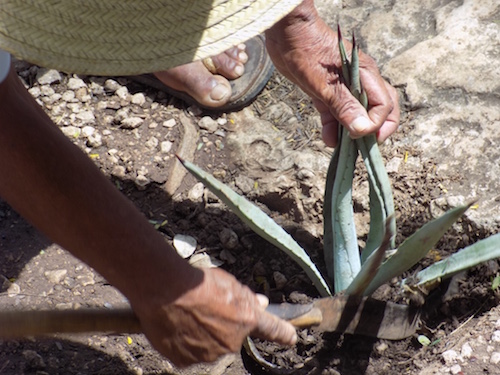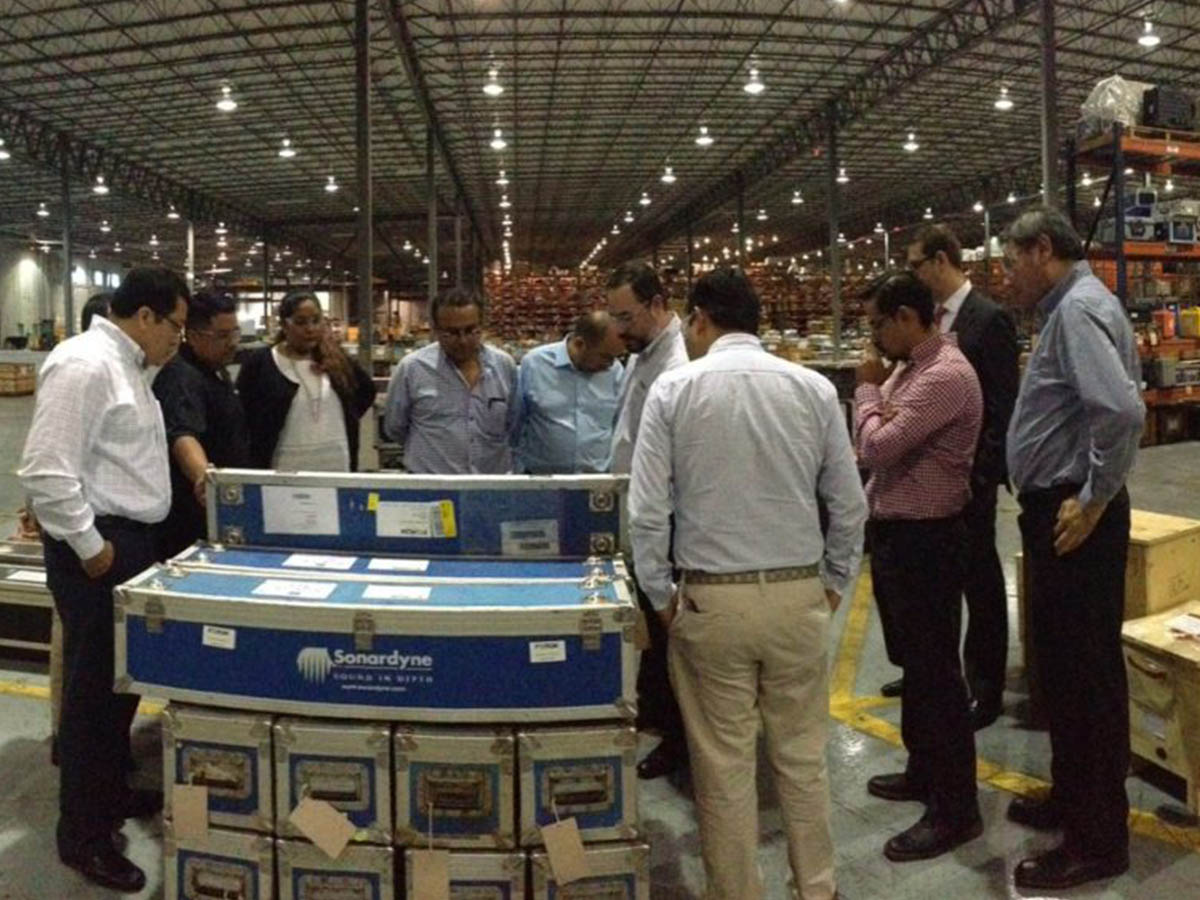Objective
Development of interdisciplinary, inquiry-based social driven engineering solutions to improve the quality of life of Yucatan low-income families.
Dr. Medina-Cetina, PI of the Yucatan Initiative Project, in collaboration with the Global Engineering Programs Office and the Engineering Enrichment Office, set as a target for this program to engage Industry and Nonprofit Partners to work on both innovation and community-driven projects in Yucatan. In this program four students from the College of Engineering at Texas A&M University designed jointly with students from Universidad Marista in Merida, an irrigation system for ‘hortalizas’ or patio produce harvesting in a rural community in the outskirts of Merida.
Over the spring break of 2016, three of the four students traveled to Merida for 8 days to work with the community where the project would be implemented. TAMU Engineering students worked side by side with the students from Universidad Marista and the rural community. They immersed in the rural community, slept in hammocks, had their meals at the community center, in the village where they implemented their irrigation system, which will improve the quality of life of this community. This was a great educational experience with real world practice of human-centered design. It was an outstanding cultural experience for the TAMU participating students, they had the opportunity to visit characteristic places of the region including Sotuta de Peón, a living Hacienda where the process of henequen production is shown.
A unexpected and positive consequence of the program, was observed long after this was ‘completed’. Kurt Kremitzki, one of the EPICS TAMU students received a scholarship from the Linux Foundation to take the project a step further when he realized that a system of Raspberry Pis with cell phone connectivity and open source software, could create an automated irrigation system, based on weather reports and sensor readings. This is one of the most prestigious awards for students of computer science. He is now working to develop such a system in Mexico, which is just the first step in his dream of using technology to find new ways to meet the world’s growing food needs.


 Dr. Zenon Medina-Cetina
Dr. Zenon Medina-Cetina
Follow Us